Understand Dark Knuckles: Causes and Solutions | Blue Nectar
| Estimated Reading Time: 19 minutes |
Let us understand, what causes dark knuckles. When we are involved in the world of beauty and skincare, we love to pamper ourselves and look after the physical manifestation of our beauty with great patience and care. There are some 500-odd products available for your face. But the beauty of important body parts like our hands and feet is often neglected. A great example of this is how hand creams are nowhere near as popular as face creams in one’s skincare regime.
Our hands are our practical tools, very crucial ones, at that. We use them to do all sorts of tasks. From cooking to doing our makeup to driving a car and everything in between, our hands work a lot! And it can be easy to neglect them. In doing so, we’re often not able to identify when something undesirable happens to them, for instance, the darkening of the knuckles. Dark knuckles are a common issue many people face, and understanding the black knuckles is important for effective treatment. Using a cream for dark knuckles can help improve the appearance and health of your hands.
Highlights:
|

Dark Knuckles are basically dark patches of skin on your finger joints in your hands. They’re extremely common, especially people with darker skin tone, and are often harmless. But their presence can be a source of concerns as, it can also be your body’s way of signaling the presence of serious, underlying health issues. Not only that, their presence can have a negative effect on one’s self-esteem.
It is always a good idea to do thorough research before deciding on an approach to dealing with this problem. This blog is a detailed guide on all things you need to know about dark knuckles, such as the potential causes, varying treatments, some home remedies, and what they can mean for your health. So, keep on reading!
What are the Potential Causes of Dark Knuckles?
Although dark knuckles are common and can be totally harmless in most situations, their causes may not always be that way. Darkening of your knuckles can happen for n number of reasons and many of those reasons likely point towards other seemingly unrelated issues. Here are a few of them:
- Acanthosis Nigricans (AN)- AN is a condition that causes thick and dark patches on the surface of the skin. It typically affects the skin and folds over joints (hence, our knuckles) and can sometimes cause the skin to have a “velvety” texture and feel. While AN is not a type of infection, the condition itself can sometimes cause the person itchiness and may have faint odors as well. Obesity can increase the risk of this condition in individuals, especially in people of ethnicities such as Africans, Hispanics, and native Americans.
- Addison’s Disease (AD)- AD is a rare type of autoimmune disorder that takes place when the adrenal glands in your body fail to produce enough steroid hormones and your cortisol and aldosterone levels drop. Fatigue and Darkening of the skin are two of the most common symptoms of AD. The dark patchy pigmentation tends to show up over or closer to skin folds and creases such as elbow and knuckles. The condition can last life-long in some cases and can be life-threatening to fatal if left untreated but is usually manageable with appropriate drugs.
- Dermatomyositis- It is an inflammatory type of disorder that affects our muscles and skin. It is an incurable chronic condition that causes rashes on the skin of your face, chest, knees, elbows, and yes, knuckles as well. These rashes are typical red-ish or blue-ish purple. This disease can affect people of all age groups alike. The symptoms also include pain in the joints and weakness in the muscles. Although the condition itself is incurable, its symptoms can be managed if diagnosed early on.

- Diabetes- Many health experts suggest a direct correlation between knuckle pigmentation and diabetes. In fact, the darkening of knuckles and other pigmented patches on the skin are among the very first symptoms signalling a rise in your blood sugar levels. As far as signalling for prediabetes, the darkness developing on one’s knuckles is the only symptom. The development of dark, patchy pigmentation on your knuckles also points towards a poor style of management towards a pre-existing diabetic condition.
- Drug Reactions- While dark knuckles are often tell-tale signs of other serious health issues, they aren’t always signalling towards other issues. Darkening of the skin on your knuckles can also happen due to reactions to certain drugs and the concentration of acids present in them. If you’re on certain medications that you need to take regularly, and experience pigmented patches on your skin, it is likely that you are allergic to some of the substances in said medication. Some common reaction-causing agents (that can lead to knuckle pigmentation) include antibiotics (for example, tetracyclines), anticoagulants, estrogen, glucocorticoids, growth hormones, injected insulin, niacin, nicotinic acid, oral contraceptive pills, protease inhibitors, and certain nonsteroidal anti-inflammatory drugs.
- Polycystic Ovarian Syndrome (PCOS)- Clinically, PCOS is very common, so much so that every 1 in 3 women has had it at some point in her life. Women get diagnosed with PCOS when the production of male hormones goes into overdrive in their bodies. One of the most common symptoms, among weight fluctuations and irregular menses, is the darkening of the skin, especially in and around creases. This is also why women dealing with obesity and PCOS have dark necks and knuckles. PCOS is, for the most part, treatable. And the symptoms automatically get managed once oral medications start and lifestyle changes (especially weight loss) come about.
- Scleroderma- Also known as systemic sclerosis, it is an autoimmune disorder wherein the internal functions of sclerodermic patients attack their tissues and overproduce collagen. Collagen is known to firm the skin and keep it taught. When created in overdrive, it hardens certain patches on the skin and other connective tissues which can result in a painful experience and redness on the surface.
- Vitamin B12 Deficiency- An apparent deficiency of Vitamin B12 can only be diagnosed with dedicated blood tests. However, one of the few symptoms according to a 2016 study include pallor (due to anaemia), fatigue, shortness of breath, dizziness, and dark knuckles. When treated with adequate dietary supplements, the deficiency can be dealt with, thus making the pigmentation on the knuckles, reversible.
- Sun Damage- If you don’t already know bad the sun is for your bare skin, it is time to do some thorough research and revolutionize your skincare routine. The harsh sunlight which carries all the harmful UV rays of the sun can cause your skin to be severely darkened in the form of a stubborn or even sunburn. The sun’s rays can even intensify the folds over your knuckles as it is notorious for causing wrinkles early on.
-
Cancer can lead to darkening of the knuckles - Dark knuckles can be a symptom of certain cancers, including stomach and lung cancers, but this is quite unusual. The thickening and darkening of skin, particularly around joints, is characterized by acanthosis nigricans.
It's a symptom of more serious problems, such as insulin resistance or a hormonal imbalance associated with cancer. On both hands, dark knuckles could look velvety and even. Dark knuckles can be an indication of malignancy, but they can also be the result of dryness, friction, or a lack of vitamin B12.
See a dermatologist to rule out major causes and begin therapy if changes are rapid or persistent.
Are you aware of this less well-known cause of dark knuckles?
Raynaud's disease is a condition in which the small blood vessels in the fingers constrict, particularly in response to cold or tension. This temporarily decreases blood flow, resulting in the appearance of bluish or purplish knuckles and fingertips.
According to a 2021 study published in The Journal of Rheumatology, Raynaud's disease frequently manifests independently or in conjunction with conditions such as arthritis and scleroderma.
Therefore, if your knuckles undergo a change in color during chilly weather, it may be Raynaud's disease, rather than a typical pigmentation change.
This recognition can assist in the differentiation of vascular causes from skin-related discoloration, thereby facilitating the provision of appropriate diagnosis and care.

What are the Common Treatments of Dark Knuckles?
It is not always important to treat your dark knuckles specifically. Usually, the focus lies on treating the causes behind them (in cases where knuckle pigmentation is a direct result of serious health concerns). However, if the dark knuckles are a source of discomfort, under confidence, and/or self-consciousness. Treating them for a more even appearance of the hands can be considered as a viable plan of action. Here are some of the most common dark knuckle treatments available to people suffering from knuckle pigmentation: -
- Lifestyle Changes for Diagnosed Health Issues- If the skin on your knuckles has developed pigmentation due to a specific health issue, and the condition is such that it can be managed by making a few changes in the way you live, the pigmentation can go away the same way it came about. For example, if the cause of your dark knuckles is obesity or diabetes, losing weight and managing it by exercising daily can help reverse the darkening of your knuckles. Similarly, if the pigmentation has developed because of a vitamin deficiency, changing your diet so that you’re consuming more of the said vitamin, can help alleviate the darkness from your knuckles.
- Medications- Taking medicines for diagnosed health issues that are the cause of your dark knuckles can help dull the pigmentation. When you take target medicines for your health concerns, you end up eliminating the root cause of the darkness on your knuckles. Thus, the problem ceases to exist.
- Over-The-Counter (OTC) Products- There are many cosmetic brands out there selling products that claim to get rid of darkness on the skin, specifically targeting skin folds and joints including, knees, elbows, and the villain in question, knuckles. You can find these products in drug stores, pharmacies, beauty stores, and even in departmental/general stores or supermarkets. When buying an OTC product, it is important to check the ingredients as sometimes they can have substances that can cause severe allergic reactions. Additionally, a very common ingredient you may find in these products is bleach. And while certain types of bleaches and their concentrations are usually skin-safe, they’re not necessarily meant for tougher patches such as elbows and knuckles as the skin there is not porous and permeable like the rest of the body.
Following are some effective skincare ingredients to look out for in your OTC products: -
- Vitamin C is a potent antioxidant that has been proven to be effective against skin issues like hyperpigmentation. Studies suggest it can impede melanin production.
- Niacinamide- It is a form of Vitamin B3. Some of its properties can help lighten the complexion or hues of the skin and even partially suppress some of the pigment from coming to the surface.
- Ellagic Acid- It is primarily found in red or burgundy-colored fruits such pomegranates, strawberries, raspberries, sour cherries, etc. When extracted and incorporated into products, its presence in your skin can prevent the secretion of an enzyme essential for melanin production.
- Lignin Peroxidase or Kojic Acid- This is an enzyme that actively breaks down melanin in the skin. It is extracted from a type of fungus typically found in the pulp of wood.
- Other ingredients that are associated with skin-lightening and can help with the pigmentation on your knuckles include licorice extract, azelaic acid, glycolic acid, hydroquinone, arbutin (comes from plants like blueberries and cranberries), and retinoids like.
- Prescription Drugs and Topical Treatments- If you haven’t experienced the darkening of your knuckles due to health complications and the condition is more dermatological than autoimmune, then consulting your dermatologist will likely be the best plan of action. Your dermatologist may prescribe you dedicated drugs or medications and perhaps even topical treatments or ointments that are to be applied directly to your knuckles, thus helping their appearance.
- Laser Therapy- Similar to laser hair removal, wherein the device/machine targets the pigment in your hair on your arms and legs and destroys it, laser therapy for skin lightening, especially for knuckles, targets the darker pigmentation in your skin and lightens it significantly. This is the same technology used in the removal of permanent tattoos.
Why are my knuckles dark and dry?
Dark and dry knuckles can be caused by several factors. Here are some common reasons:
1. Dry Skin: Lack of moisture can cause the skin on your knuckles to become dry and dark. This is more common in colder weather or if you frequently wash your hands with harsh soaps.
2. Hyperpigmentation: Excess melanin production in the skin can lead to dark patches. This can be due to genetics, hormonal changes, or sun exposure.
3. Friction: Repeated friction or pressure on the knuckles from activities like typing, writing, or even certain sports can cause the skin to darken and thicken.
4. Medical Conditions: Certain medical conditions like eczema, dermatitis, diabetes, or acanthosis nigricans can cause darkening and dryness of the skin, including the knuckles.
5. Nutritional Deficiencies: Lack of vitamins, especially vitamin B12, can result in skin discoloration and dryness.
6. Chemical Exposure: Frequent exposure to harsh chemicals or cleaning agents can dry out the skin and cause dark patches.
How Can You Prevent Dark Knuckles?
When the pigmentation on your knuckles is not the result of a disease or disorder, there are only a few things you can do to look after your hands and take care of your general health to avoid the unpleasant symptoms of dark knuckles. Here are a few simple things you can do to avoid the darkening of your knuckles: -
- Wash Your Hands Often- While this may seem like an obvious, even a redundant solution to a stubborn problem, it can help to a great extent. The skin present on your knuckles is tougher, thicker, and has multiple folds in it. It is even more textured than the rest of your skin, thus making it susceptible to holding dirt, grime, and impurities longer. Washing your hands a few times a day and giving your knuckles some extra focus can help a great deal keeping them free of darkening in the knuckles.

- Moisturise Regularly- When your skin isn’t properly hydrated or moisturized, it often appears dull and ashy. Dryness also adds texture to the skin which makes pigment more prominent. Moisturising often helps greatly by making the skin of your knuckles softer, thus helping it avoid pigment and appear smoother and brighter.
- Always Wear SPF - We’ve already established how bad the sun is for your skin. So, it only makes sense to protect your skin from it, especially if you fear dark knuckles. The darkening of skin and the sun have a direct correlation and so, wearing SPF, an almost magical substance can do a great job of shielding your skin, not only from burns but also tanning and long-lasting damage.
- Lead a Healthy Lifestyle - We’ve understood by now that issues caused by a poor lifestyle often lead to unpleasant and unfavourable symptoms, including dark and patchy knuckles. Eating a well-balanced diet so that you do not have any deficiencies and managing your weight to avoid certain health problems that accompany dark knuckles can be a great and the most logical way to avoid them entirely.
When Should You Consult a Doctor?
While dark knuckles can be a cause of concern anytime and it does not hurt to consult a doctor when in doubt, in some situations, visiting a dermatologist to get these checked out becomes imperative as it can help identify the problem a lot sooner. We recommend seeing a doctor twice a year for a general check-up to identify any ongoing issues that may be asymptomatic but if you’ve been specifically concerned over the darkening pigmentation of your knuckles for a while or you’re only starting to notice it, the following are the circumstances where you must certainly go see your doctor: -
- When Pigmentation is Sudden and Abrupt- One can guess when the onset of the darkening of knuckles is slow, but when you notice your knuckles developing noticeable pigmentation very suddenly or abruptly when you haven’t been expecting them, it is a clear indication from your body that something is not right.
- When the Darkening is Accompanied by Other Symptoms- One may wish to chalk up the darkening of their knuckles to causes like unhealthy lifestyle, obesity, etc., but when this unflattering pigmentation is accompanied by other unexpected symptoms, it becomes an issue that should no longer be ignored.
- When OTC Products and Home Remedies Haven’t Worked- If you have struggled with dark knuckles for a long time and have tried to treat them yourself with OTC products, it is natural to be upset and frustrated when they don’t work out for you. In situations like this, the best call to take is always to visit a dermatologist to address the issue hands-on.
Home Remedies to Lighten Severely Dark Knuckles
If you’re convinced that the pigmentation on your knuckles is not a serious indicator of underlying health issues, and you haven’t had much luck with OTC products as well, perhaps some of these home remedies for dark knuckles! In most cases, these home remedies are safe, barring exceptions wherein individuals may be allergic to some of these ingredients. All these remedies require 3 or fewer easy-to-find-at-home ingredients and take less than 5 minutes to prepare.
- Almonds Scrub/Paste- Since almonds are a rich source of Vitamin E, they’ve been proven to help in the lightening of the skin. You can either use straight almond grounds or use their powdered form for this home remedy.

Ingredients: Almond Powder and Rose Face Water
How to Make: Mix 1 teaspoon almond powder (for a paste) or almond grounds (for a scrub) with 1 teaspoon rose face water till it’s well combined. Use this mixture on your knuckles by massaging it for 2-5 minutes. Then leave on for 10 minutes to let the goodness soak in. Wash it with lukewarm water and moisturize right after. Do this 2-3 times a week.
*Be gentle with the scrub as the coarse texture can irritate your skin cause sore knuckles if applied with force.
- Baking Soda and Lemon Juice Paste- The way baking soda is formulated; it has certain astringent properties that improve your knuckles’ appearance when used properly. Lemon Juice, on the other hand, has scientifically proven bleaching properties that can help in relieving awkward pigmentation and dark spots.
Ingredients: Baking soda, lemon juice, and warm water.
How to make: Combine three pinches of baking soda with half a teaspoon of warm water and 1/4th teaspoon of lemon juice. Apply this paste to your knuckles and rub gently. Leave it on to dry for 15-20 minutes. It may seem hard and crusty when completely dried, but that is normal. Wash away with lukewarm water and apply moisturizer to your hands immediately after. Do this judiciously twice a week to see noticeable results.
*Consult a doctor if you experience abnormal itching or painful rashes (you could be allergic).
- Berry Extract Paste- We’ve already discussed that multiple types of berries, especially the ones that have darker hues of reds, have kojic acid present in them (an almost magic-like ingredient that works great against pigmentation). The perfect berry or fruit in choice would be any that you have laying around your house. Stale fruits that are no longer fresh enough to be eaten can work great for such purposes.
Ingredients: Just a couple of berries of your choice. Honestly, any berry works but we recommend using strawberries as they have the strongest concentration of kojic acid.
How to Make: The beauty of this home remedy is that you don’t have to “make” anything. All you need are a couple of berries, and a kitchen tool called ‘mortar & pestle’. Put your berries in the marble/stone mortar and pound them using the pestle. You’ll notice they’ve released their juices and are now pulpy. These can be used as a massage product for your knuckles. Rub these on for 4-5 minutes and leave them be for 10 minutes. Then wash and moisturize your hands. This can be used 2-3 times a week. Be patient. You will see great results with consistency.
- Green Tea and Soy Milk Soak- Studies suggest that the ECGC (a type of chemical compound found in green tea) helps to lighten darkness and pigmentation on one’s skin as it inhibits the tyrosinase enzyme which is responsible for synthesizing melanin in one’s body. Also, soybean and the bean curd extracted from, both have compounds that imitate kojic acid and act in a similar manner.
Ingredients: Green Tea Leaves (Preferably) or Green Tea Powder (The latter can be used if you don’t have access to the former), Some Water, and Soy Milk.
How to Make: Take 100 ml water in a boiling pot and put it on the high flame on your stove. Add 2 teaspoons of green tea leaves or their powder equivalent and let it boil. Once the concoction starts bubbling, add 600 ml soy milk and put the flame on low. Let the mixture simmer for 5 minutes, then take off the heat. Once the combined liquid is warm to touch but not hot enough to burn you, transfer it to a large bowl and submerge your hands. Ensure that if not the entirety of your hand, then at least the knuckles are submerged. Let them soak for 10 minutes, then wash with room temperature water and moisturize. This can be repeated twice a week. Not only does it combat pigmentation but also makes your hands much softer.
- Sugar and Olive Oil Scrub- This is a classic multi-purpose recipe you can find in most home remedy blogs, and rightfully so. The coarseness of the sugar is great for the exfoliation of dead skin and olive oil is a great moisturizer. The beauty of this home remedy is in its simplicity.
Ingredients: Olive Oil and Sugar (smaller granules so that their consistency is coarser than granulated).
How to Make: Mix equal parts olive oil and sugar (their quantity depending on your requirement) till they’re combined forming a textured paste-like consistency. Massage this scrub onto your knuckles in a circular motion for 2 minutes. Then wash off with lukewarm water. Repeat this up to two times a week. (This natural scrub can be made in larger quantities and stored in sterilized glass jars to be kept in the refrigerator).
- Turmeric and Yogurt Paste- Yogurt, commonly known as curd is said to possess skin-lightening qualities owing to its high concentration of lactic acid. It’s also known to be extremely moisturizing. And, turmeric contains an active compound called curcumin which disrupts the synthesis of melanin in the skin, thereby making the skin appear lighter in complexion. When combined, these two ingredients make up for possibly the most effective home remedy when it comes to reducing knuckle pigmentation.
Ingredients: Turmeric Powder (haldi) and Yogurt (dahi).
How to Make: Mix 1/4th teaspoon of turmeric powder with 1 teaspoon yogurt, so that there are no lumps. Apply this paste to your knuckles and leave it on to dry for 15 minutes. Then wash off with lukewarm water. Do this no more than twice a week. Some yellow staining is normal.
There are certain ayurvedic oils which are safe to use. A few drops on the targeted area can make a big difference.
Nalpamaradi Thailam is an Ayurvedic Body Oil that contains 16 herbs, including turmeric. Turmeric, along with other herbs, helps to lighten dark knuckles. It also helps to synthesize melanin, thereby reducing skin darkening.
Can we have dark knuckles on one hand ?
Yes, dark knuckles on one hand can occur due to factors like frequent friction, localized skin conditions, or uneven exposure to harsh chemicals. Consulting a healthcare professional can help identify the specific cause.
Can I have dark toe knuckles ?
Yes, dark toe knuckles can occur due to friction from shoes, hyperpigmentation, or underlying medical conditions. Regular moisturizing and gentle exfoliation can help, but consult a healthcare professional for persistent issues.
Final Takeaway
Darkness on one’s knuckles is normal. It is a lot more common than one may think. While it is completely understandable to want to treat the pigmentation as soon as possible, sometimes it is just genetic. If one deals with dark knuckles, one should learn to love their individuality and uniqueness or even lack thereof.
If your dark knuckles are a result of a health condition or neglect, your first step should be to identify their exact cause and seek dermatological help. And if not, then at least a consultation with your doctor to understand their professional opinion. From there on, so long as you do it safely, you may choose to take their prescribed medicines, use recommended topical treatments, give OTC products a try, and even use some of the promising home remedies mentioned in this blog.
Recommended Products by Blue Nectar:
Nalpamaradi Turmeric Brightening Massage Oil | Skin Rejuvenation & Even Tone
Amritanadi Assam Green Tea with Digestive Aniseed
Shubhr Rose Face Tonic Mist | Skin Toning & pH Balance
Related Articles:
Home remedies to get rid of dark knuckles
References:
https://www.healthline.com/health/symptom/what-causes-dark-knuckles-and-how-can-you-treat-them
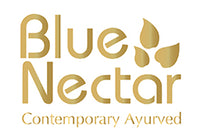

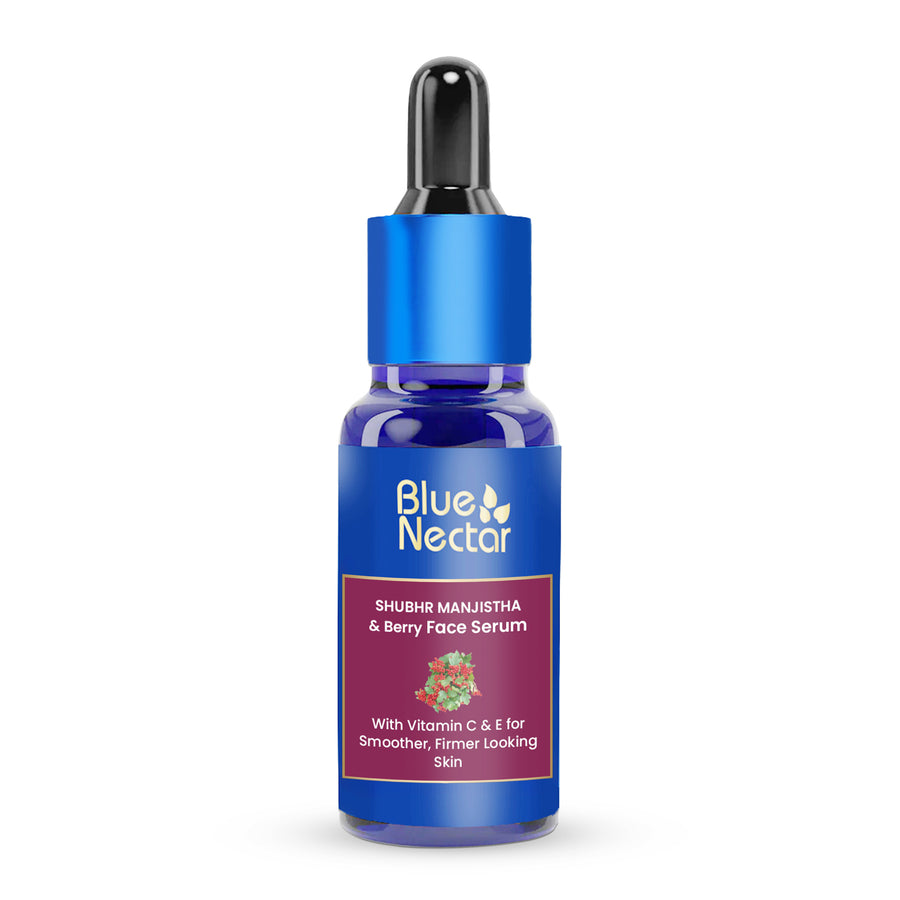
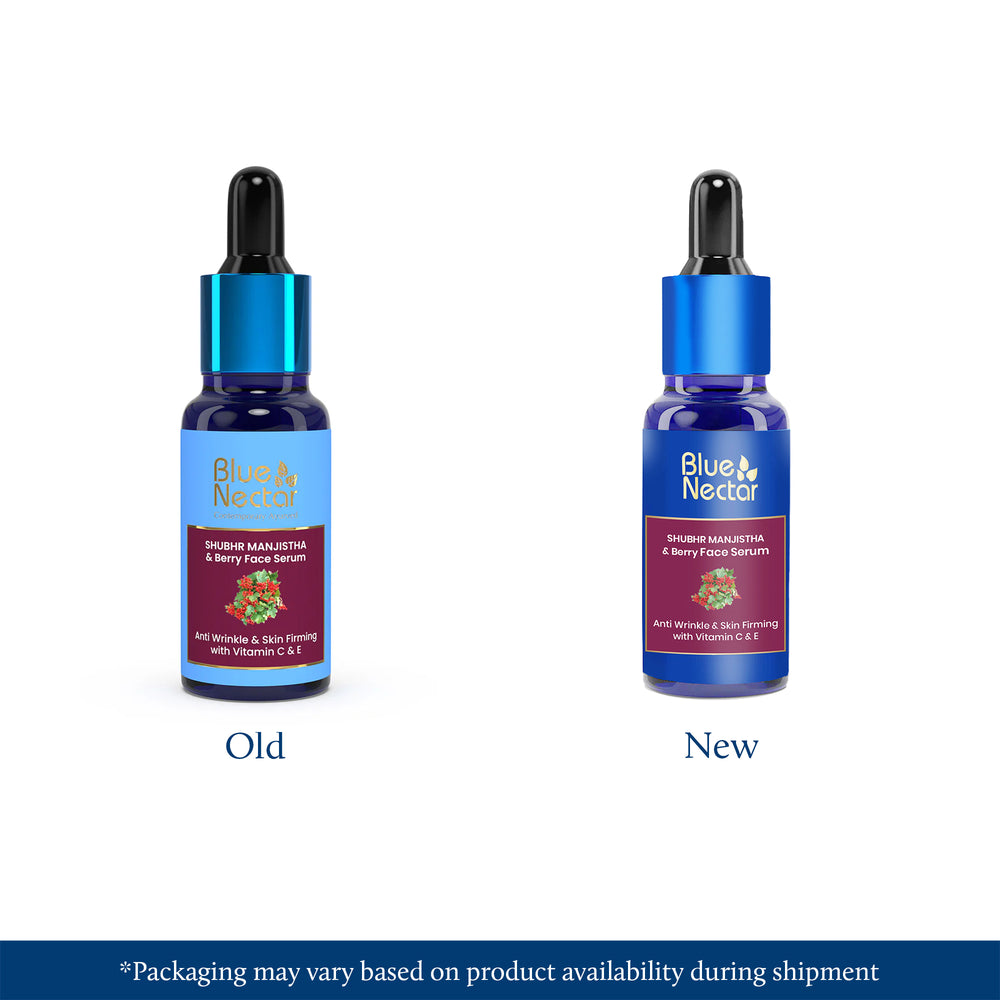
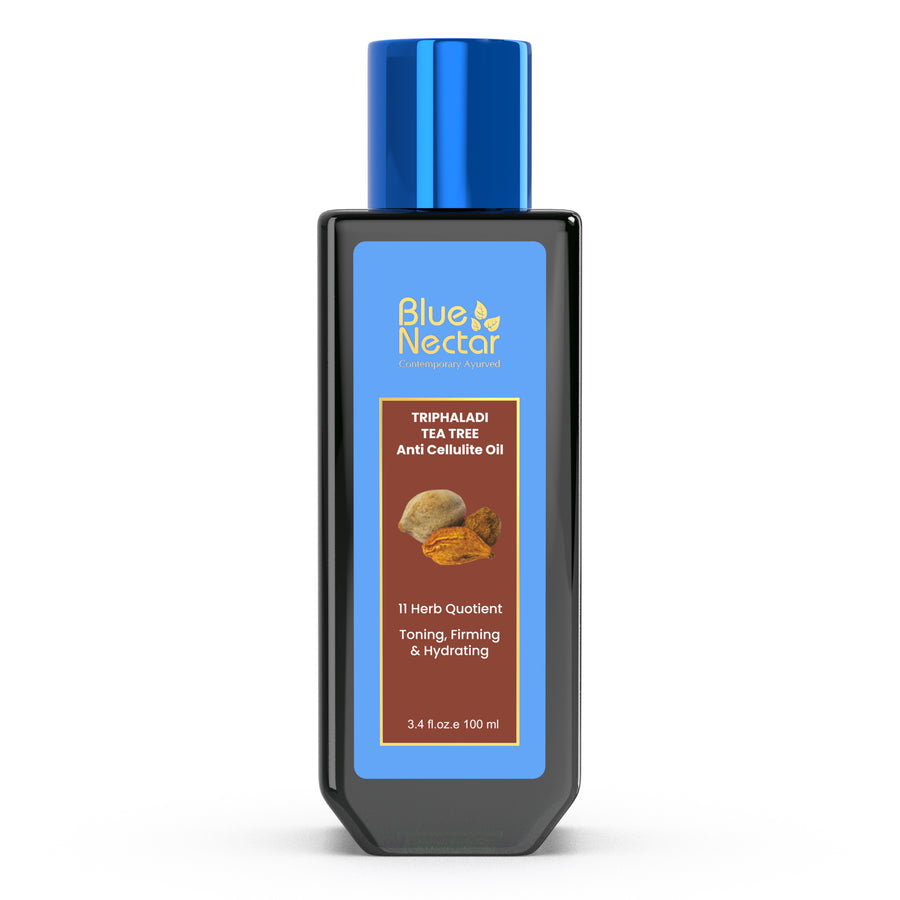
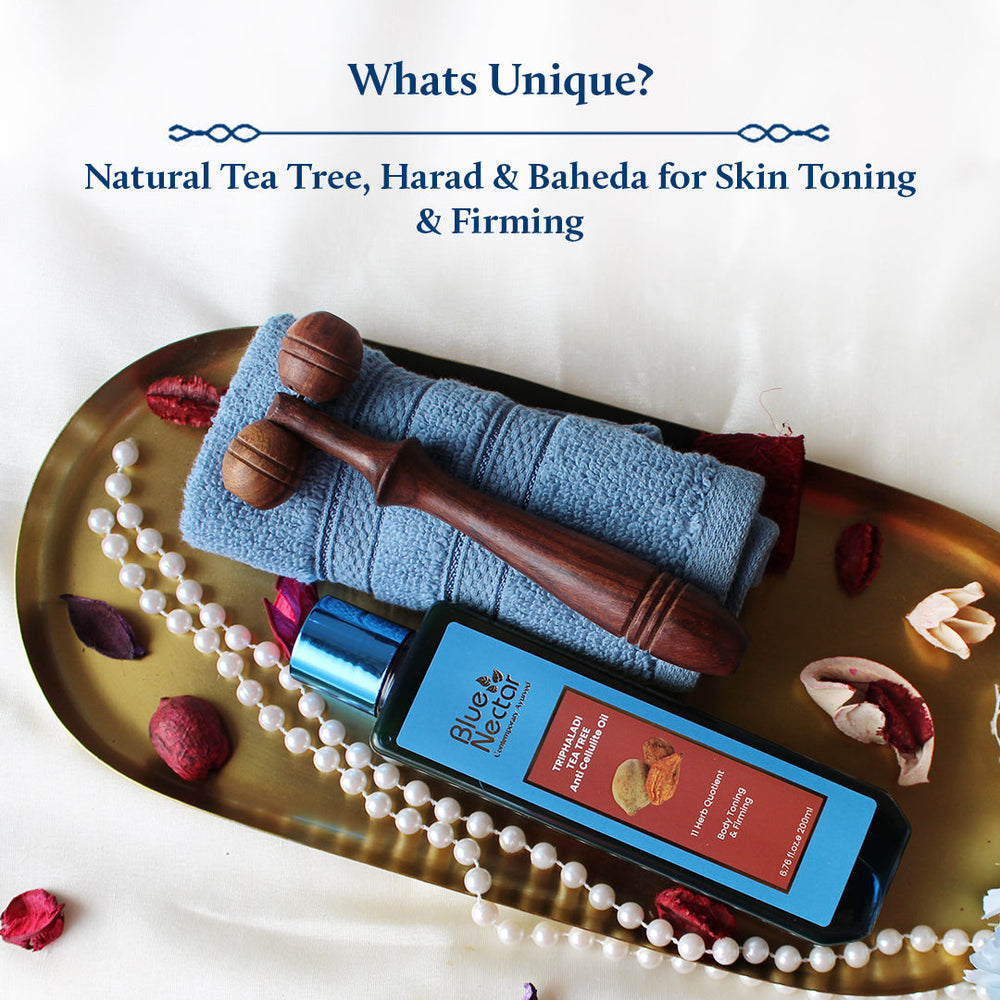
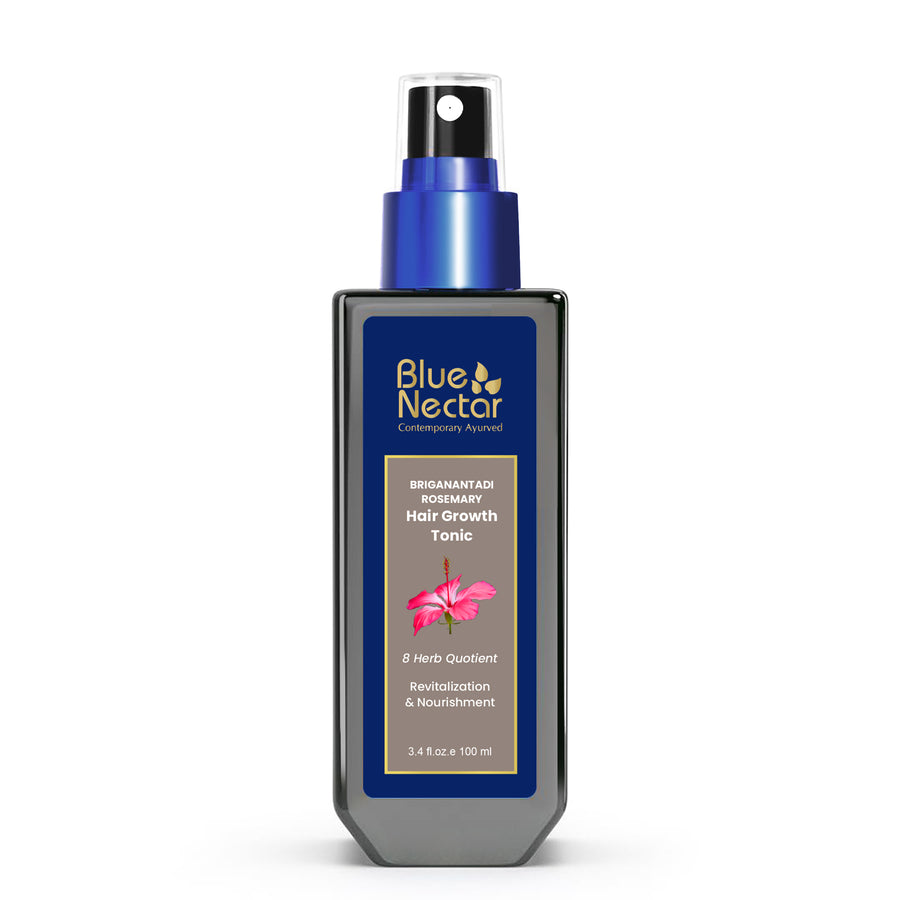
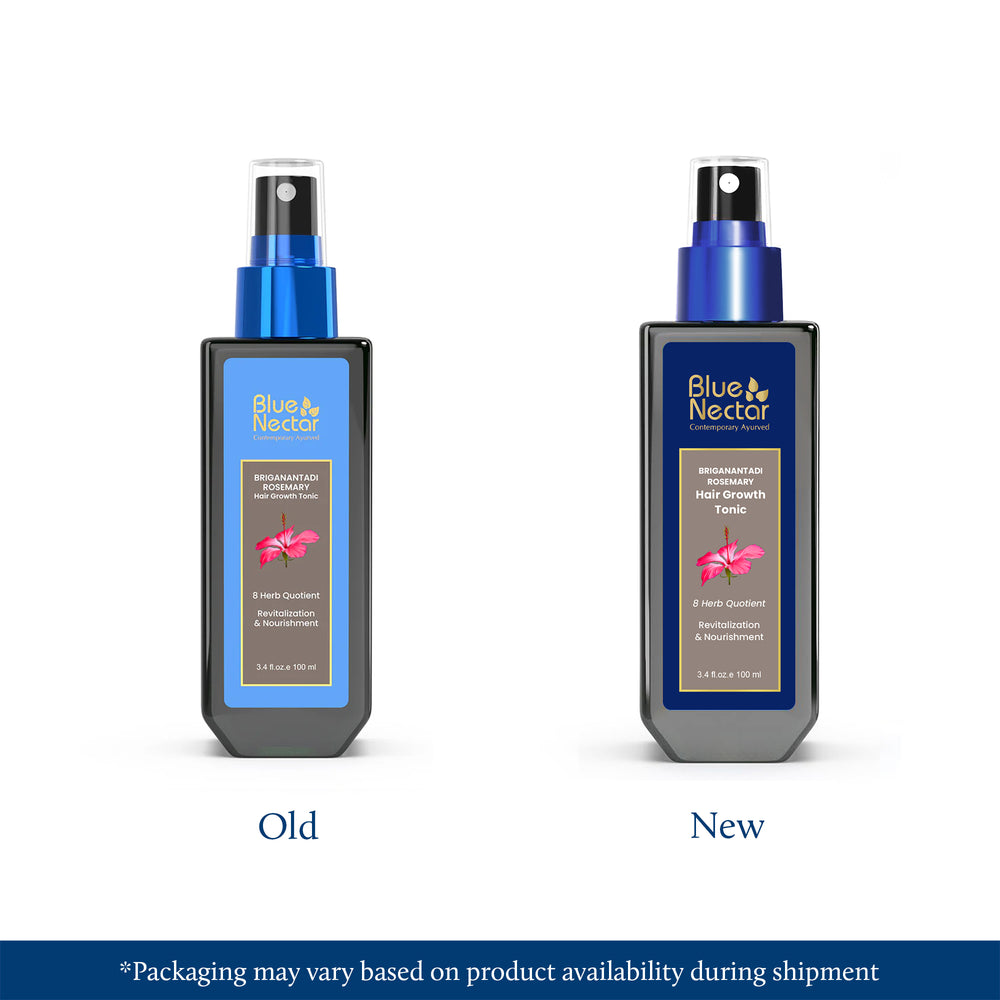
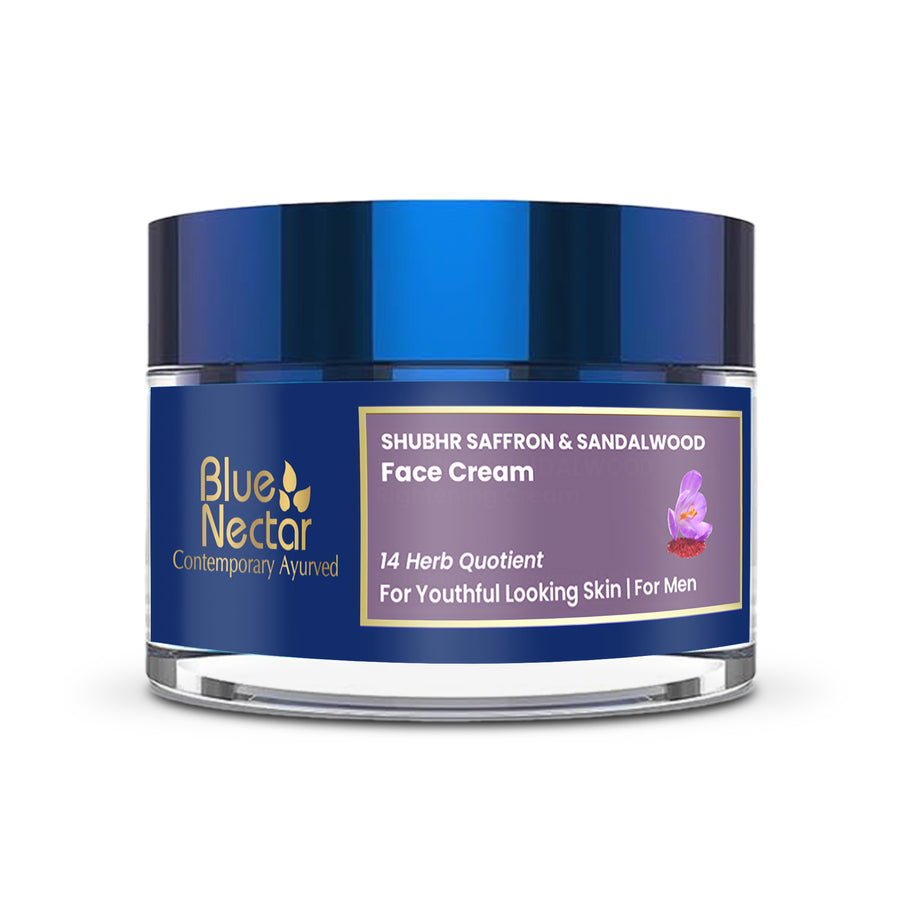
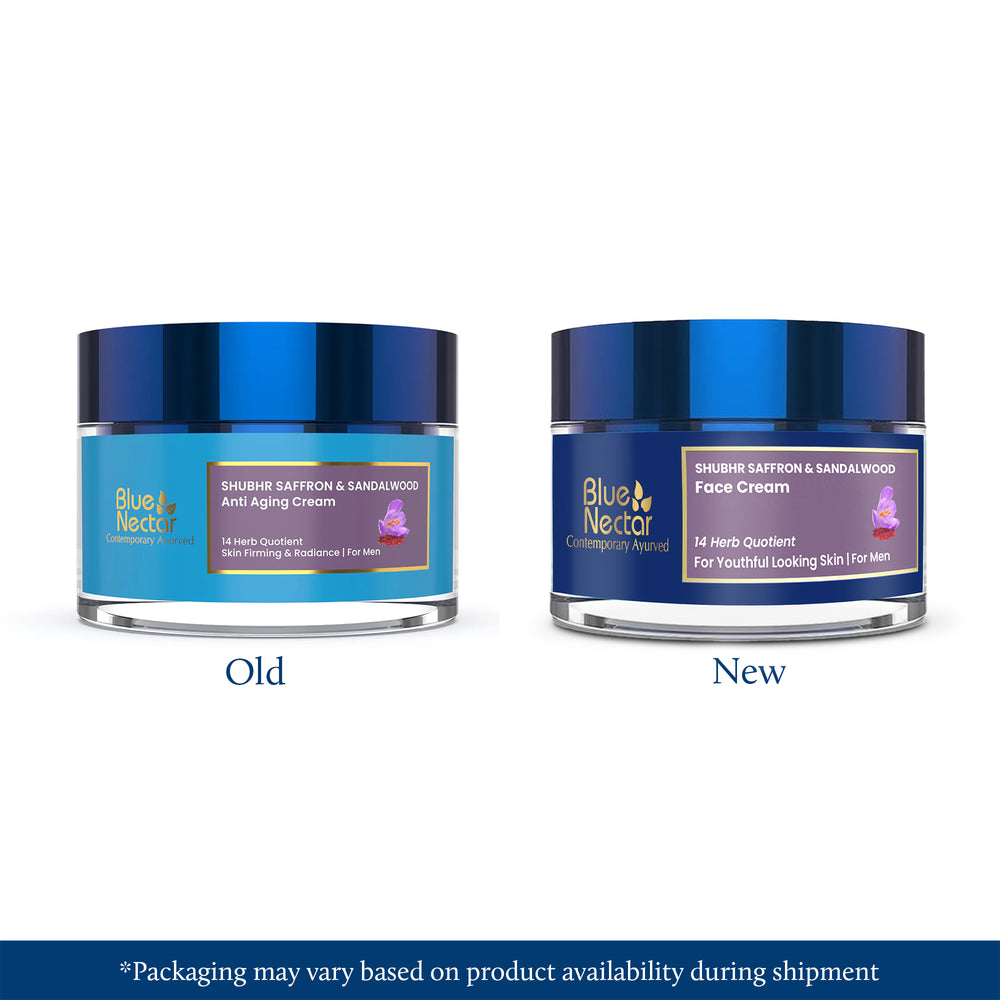
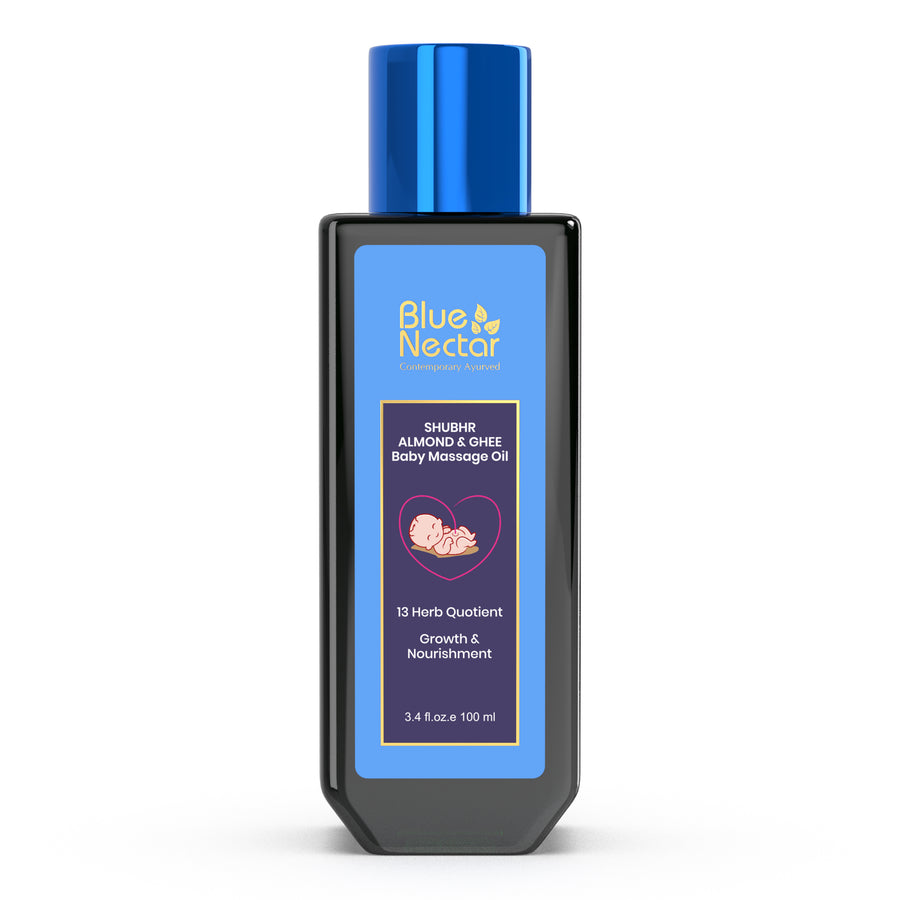
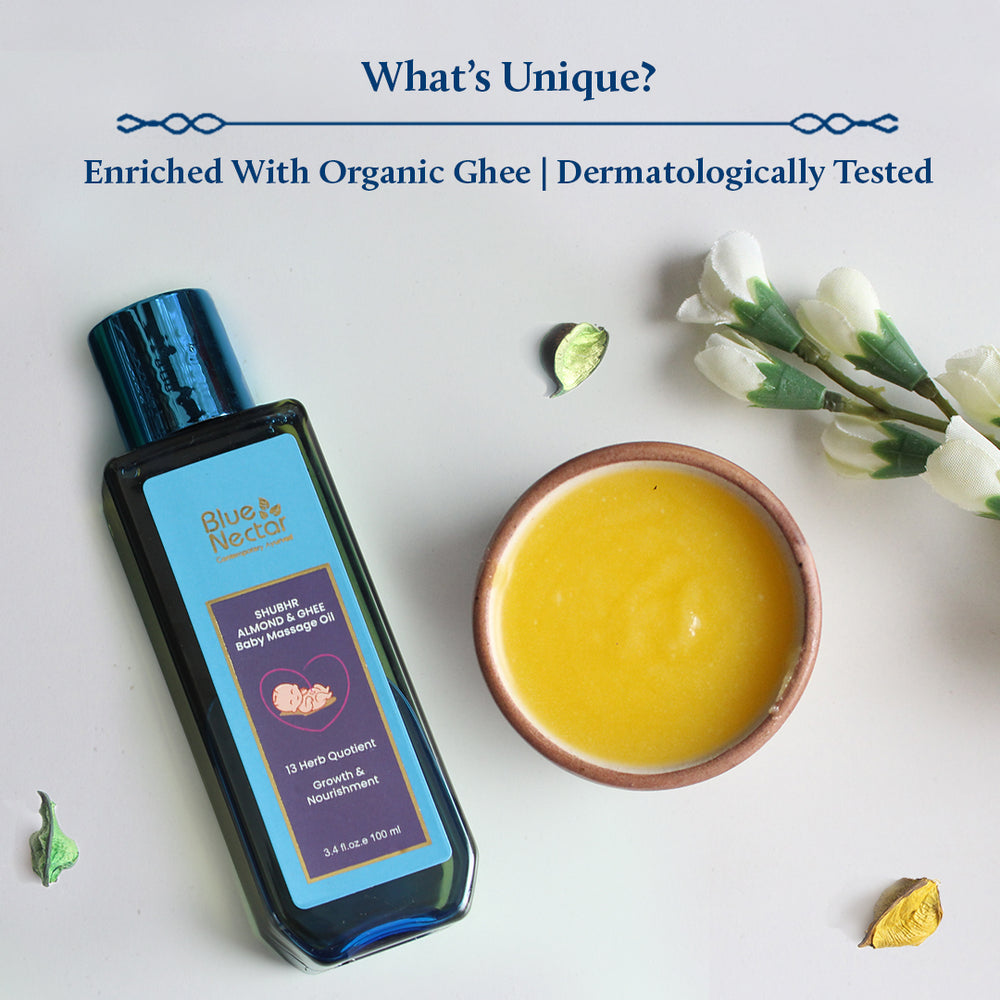
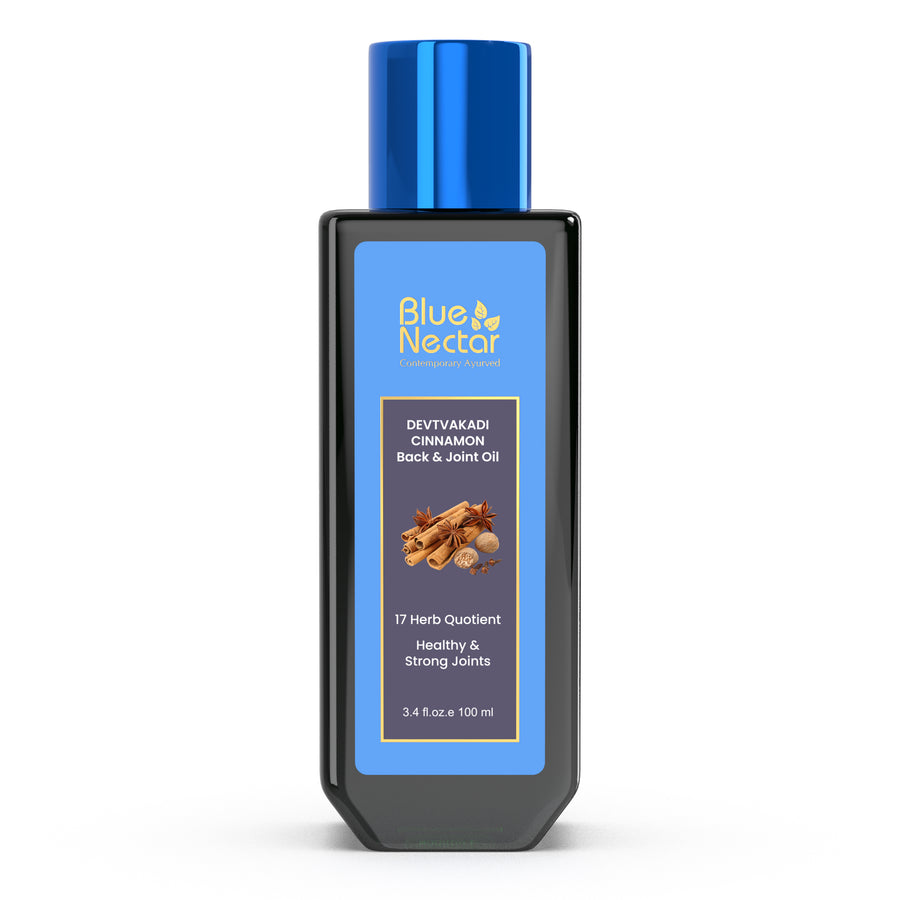
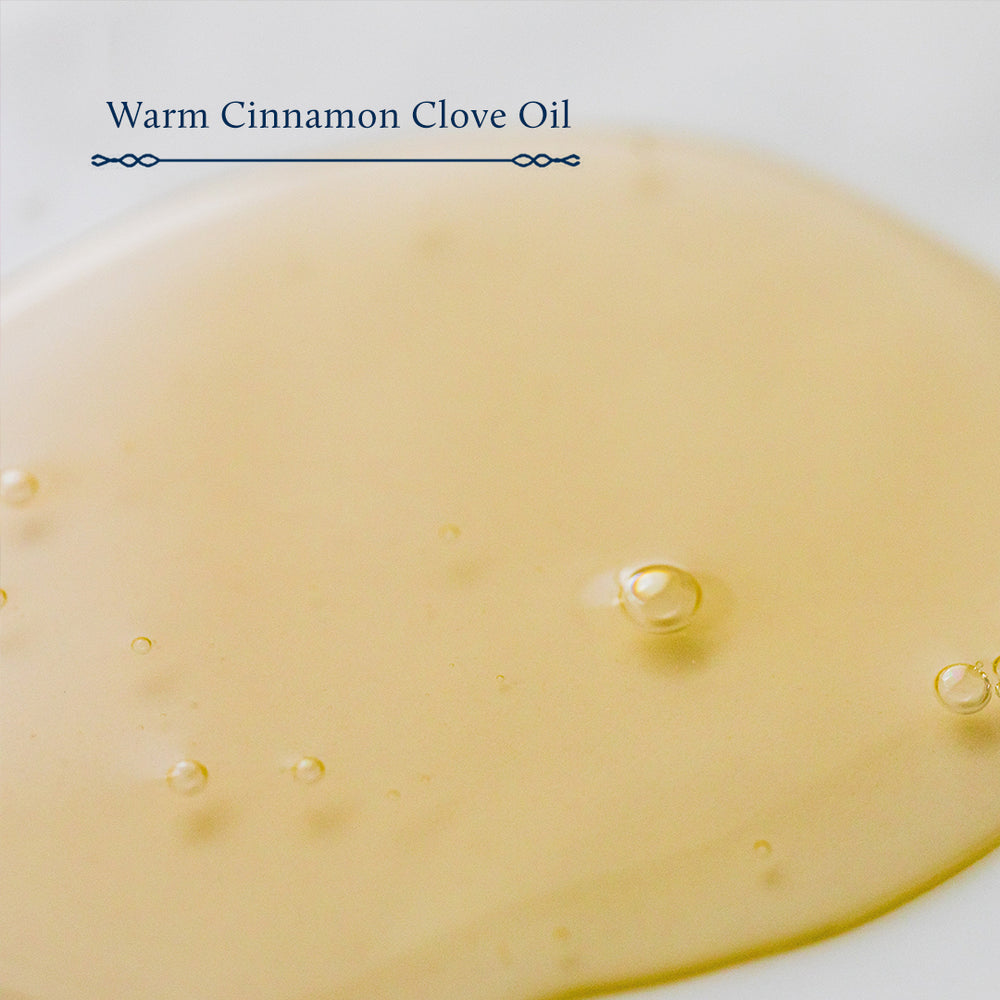

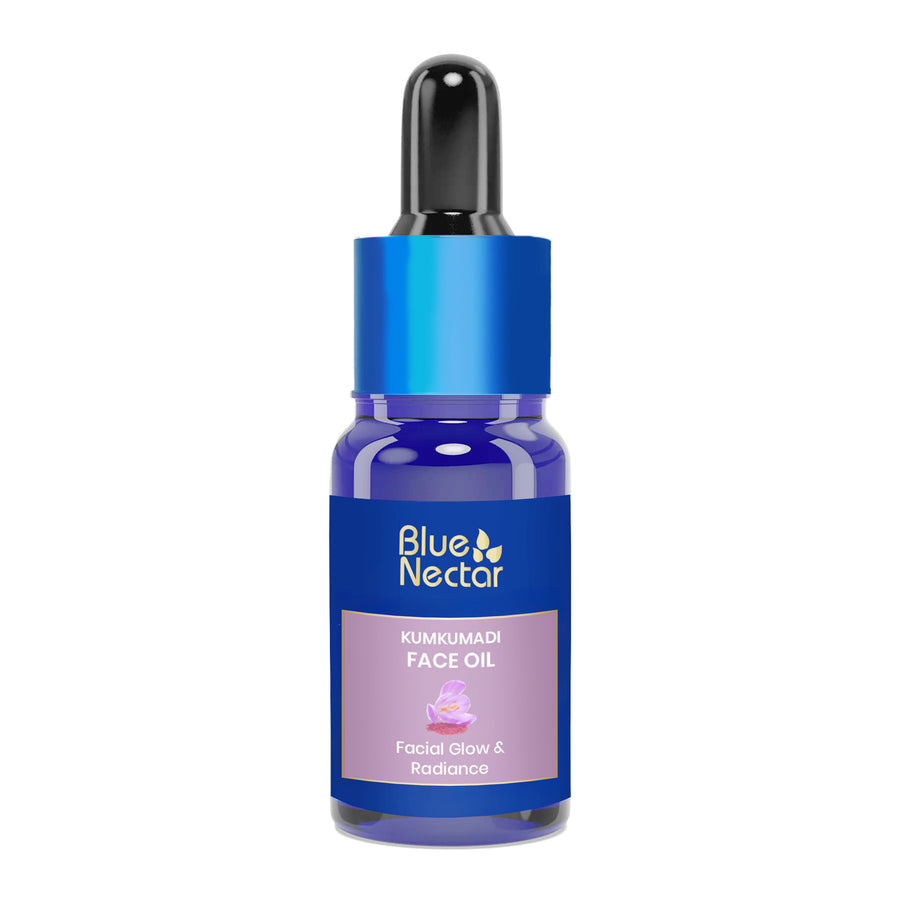
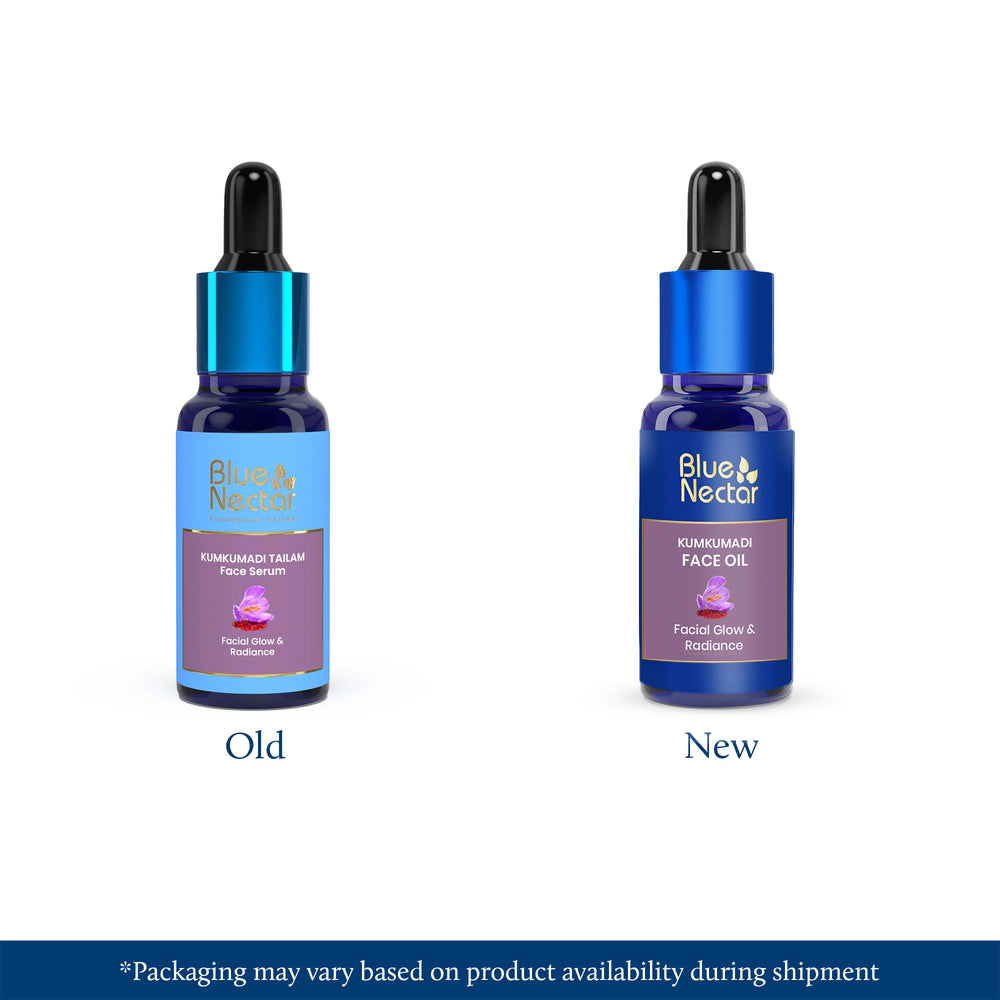
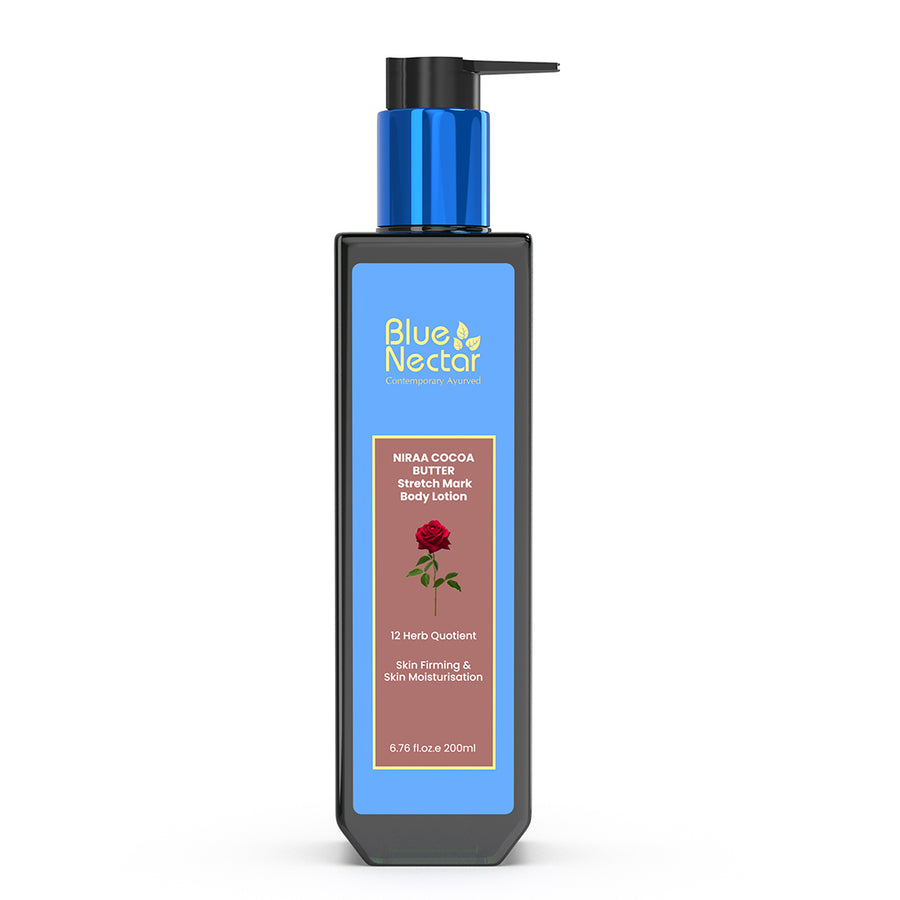
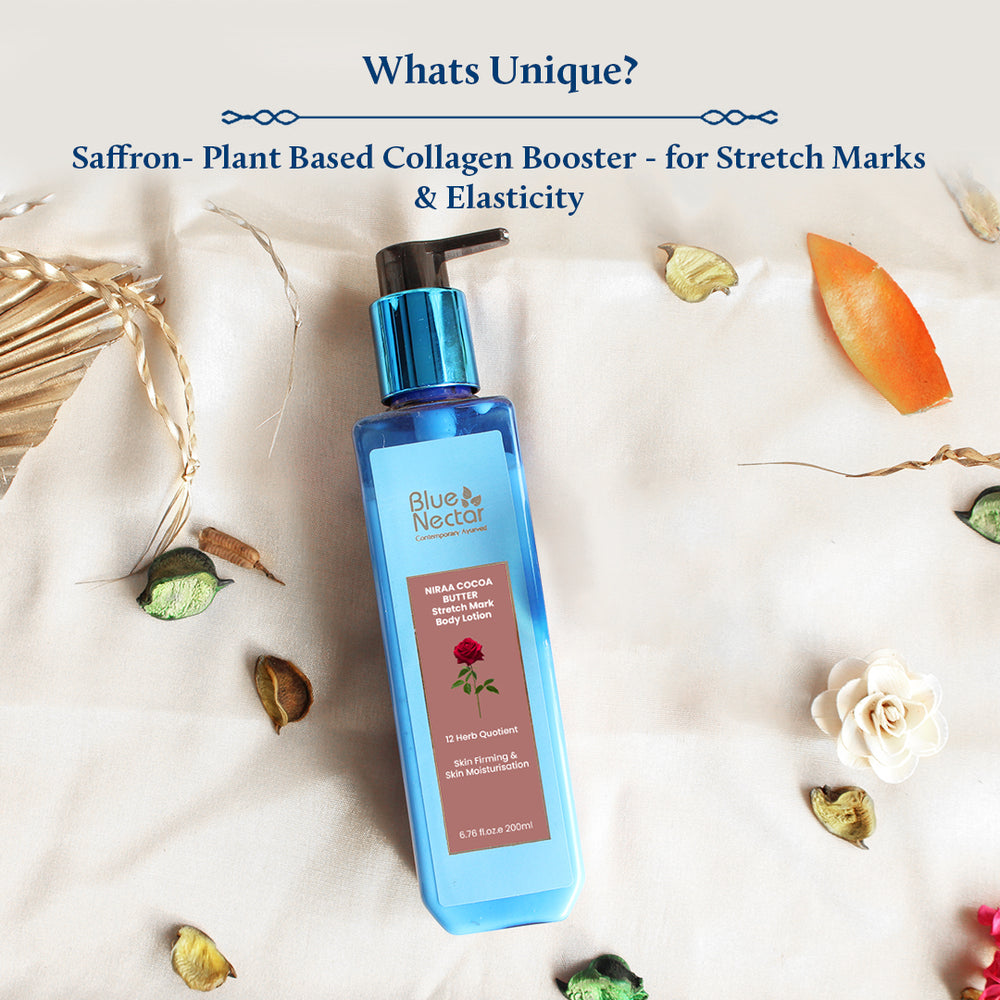
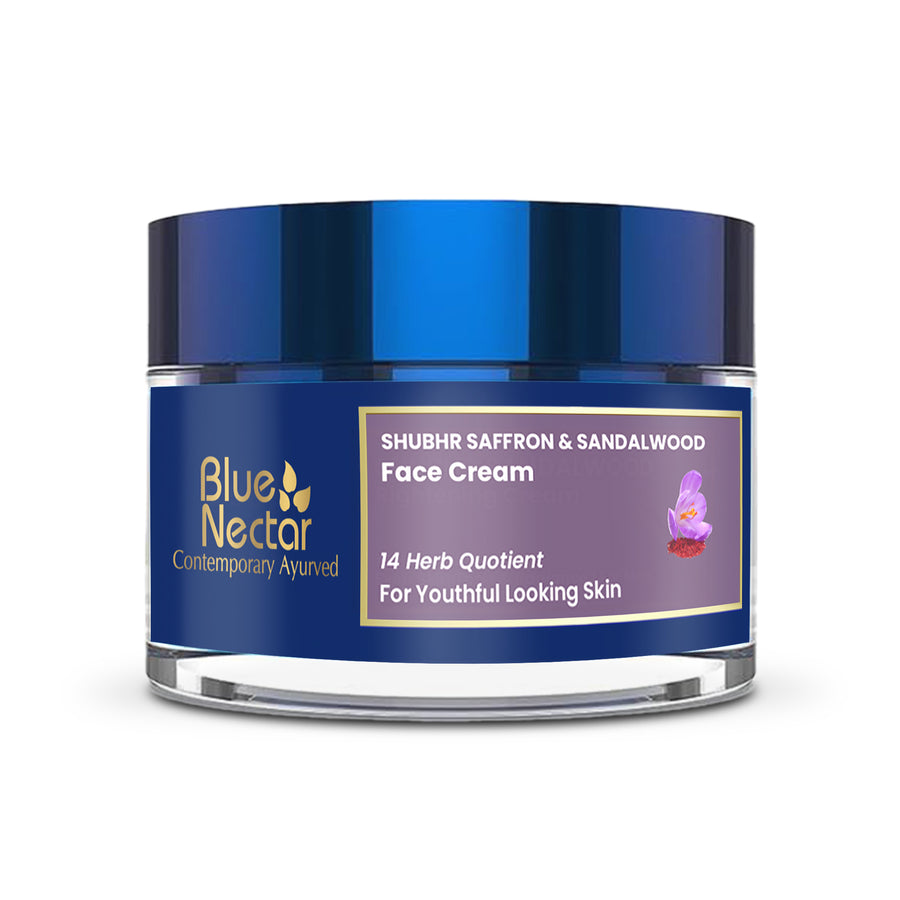
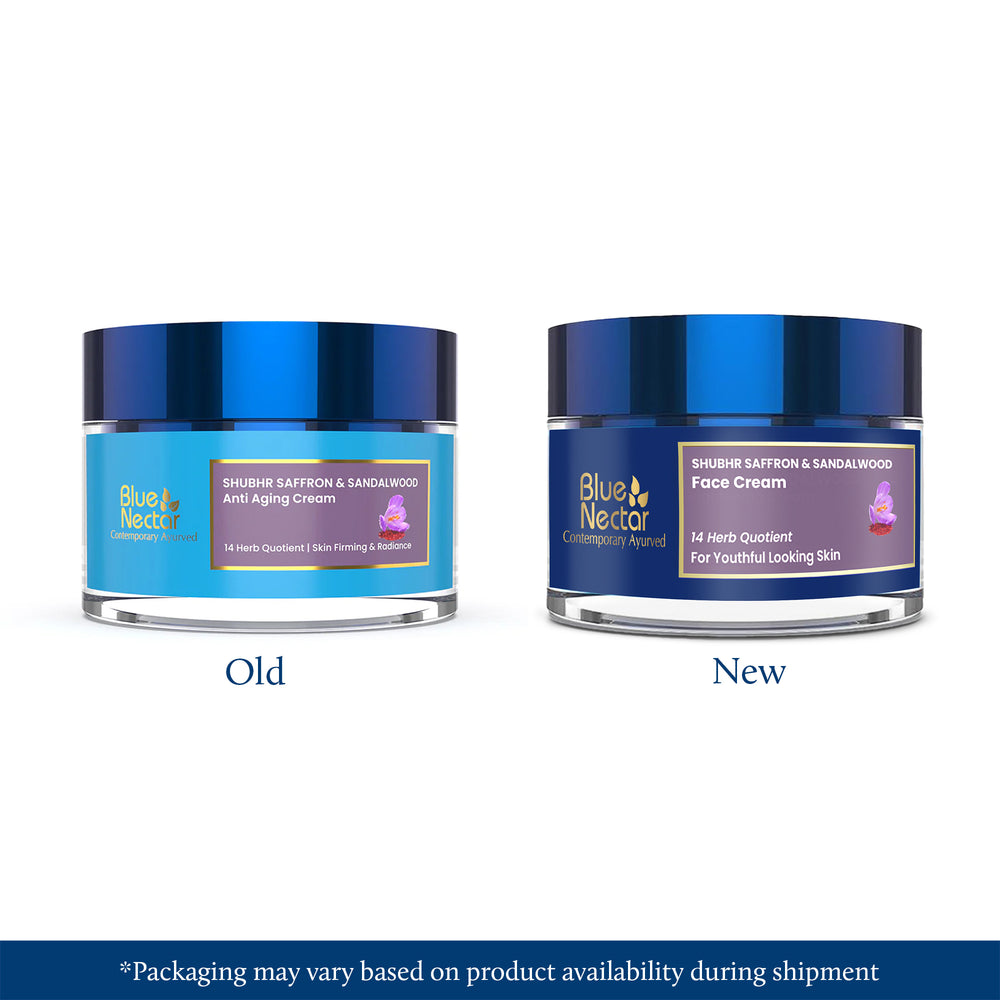
Great blog for anyone looking to brighten dark knuckles naturally—thank you for these simple remedies!
Thank you for providing such valuable information. I’ll be more cautious about the products I use on my skin.
What do you guys think could be the main reason behind dark knuckles? 🌚 And honestly, do you believe that DIY recipes actually work to lighten dark knuckles?
Leave a comment